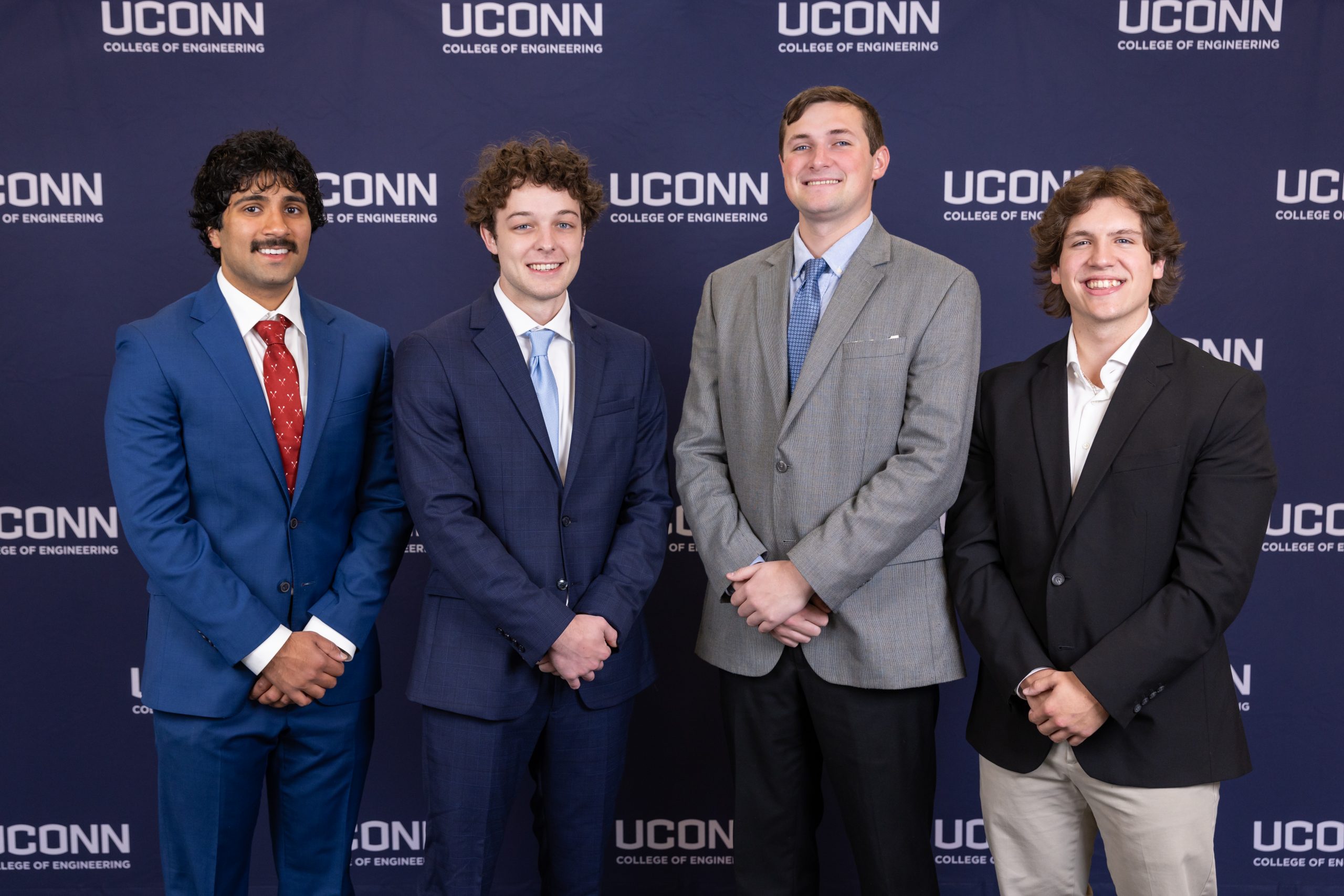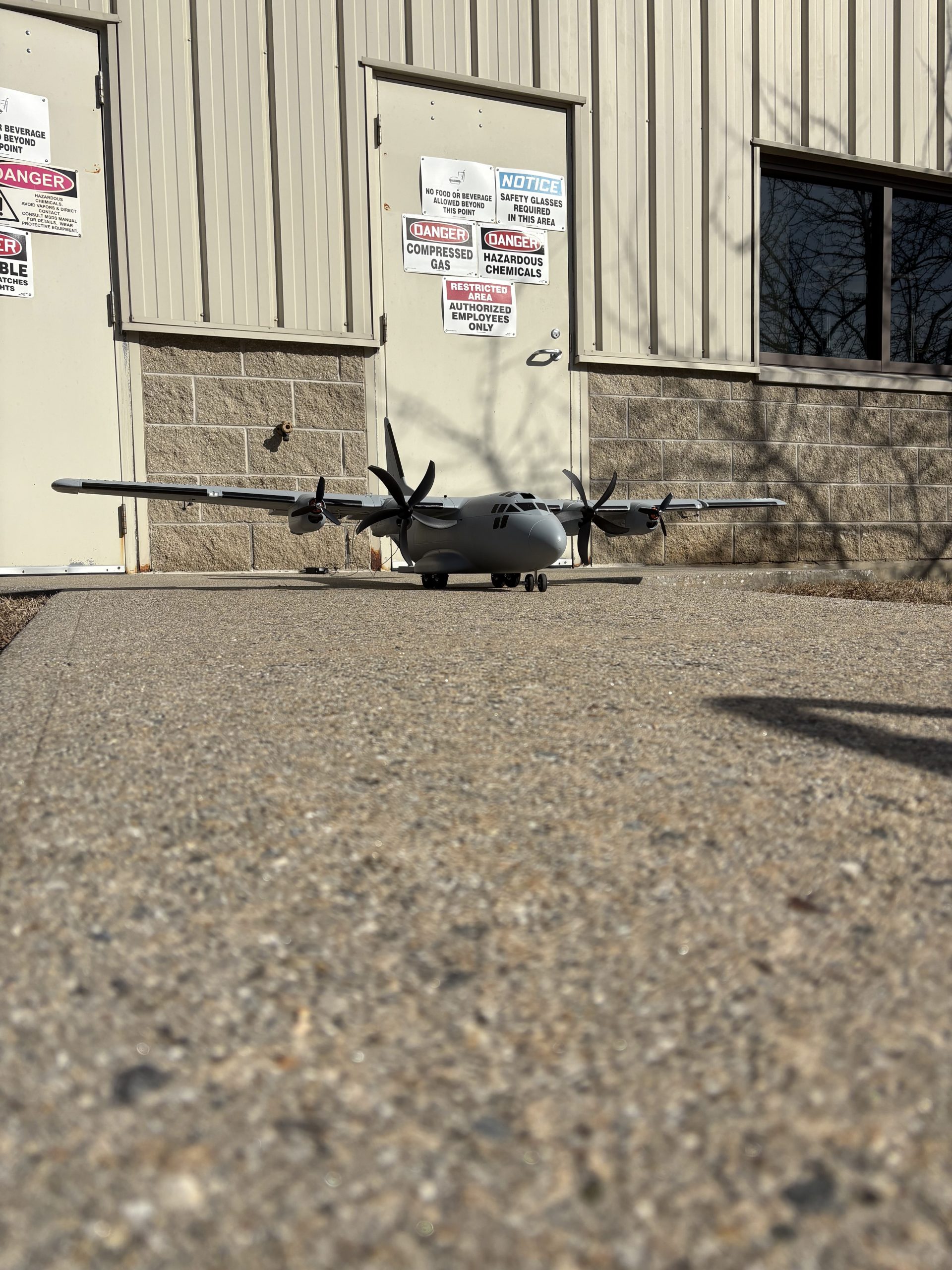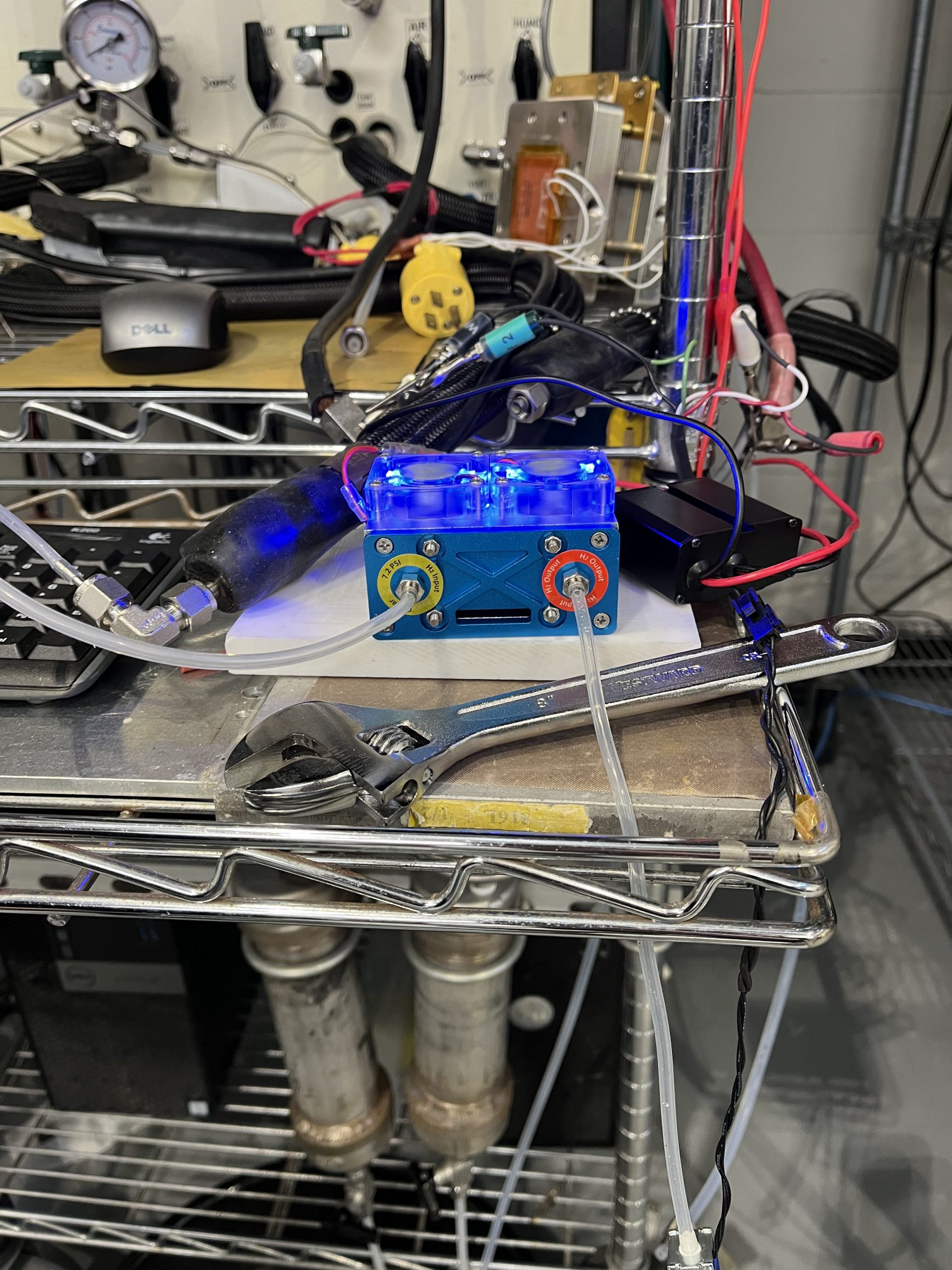Team 2
Team Members |
Faculty Advisor |
Nirvaan Vyas |
Xiao-Dong Zhou Sponsor Center for Clean Energy Engineering (C2E2) |
sponsored by
Sponsor Image Not Available
Fuel Cell Airplane
The aviation industry accounts for 2.5% of global CO2 emissions. Following the precedent of green transitions set by other high-emission industries such as cement production, there is hope that aviation can move towards sustainable alternative fuels. The goal of our project is to provide proof that advanced fuel cell-powered airplanes can be scaled up. We are using hydrogen fuel whose only emissions are heat and water vapor, leading to cleaner skies. The end goal of this project is for commercial aircraft to be powered using advanced fuel cells. Starting with a remote-controlled model airplane, our project aims to replace the traditional lithium battery power source with a hydrogen-powered Proton Exchange Membrane Fuel Cell (PEMFC). By calculating and measuring the power output requirements needed to fly the airplane, as well as the payload size and weight constraints based on aircraft size, we sourced the appropriate fuel cell. The required flight time is approximately 10 minutes. We determined the payload weight of hydrogen fuel, optimal combinations of motors and propellers, and heat exchange requirements based on a 10-minute flight at cruising altitude. Achieving flight using the PEMFC allows future iterations of this project to take advantage of more advanced solid oxide fuel cells that have high power output for their size.
Our team collaborated with Electrical and Computer Engineering 9,Mechanical Engineering 49 on this project.



